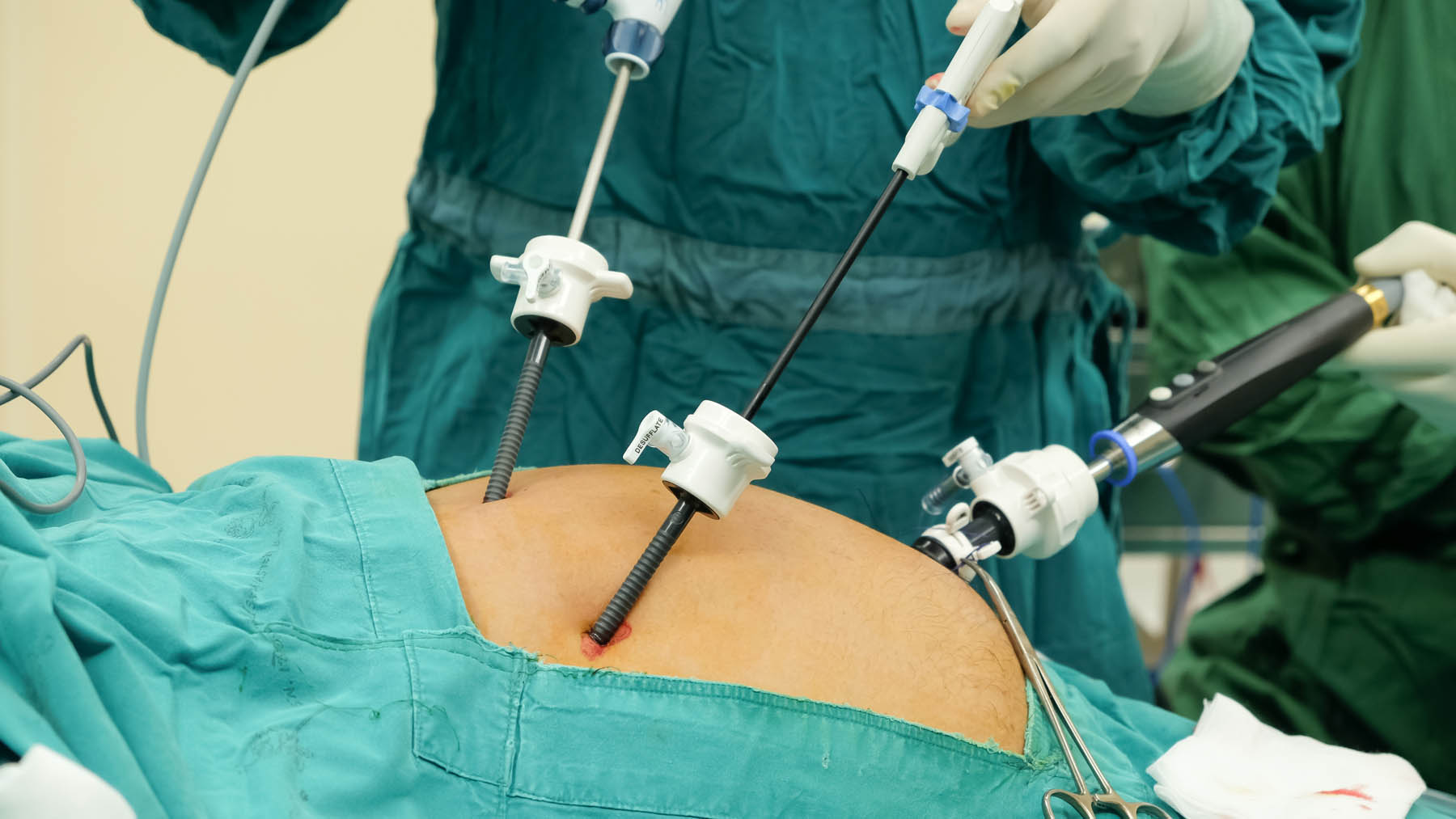Gallstones
Gallstones are common among Asian Chinese, although most are asymptomatic, patients whom have been investigated for epigastric pain with a negative upper endoscopy should undergo an ultrasound scan of the upper abdomen to exclude the presence of gallstones. A typical patient at risk of acquiring gallstones will be an obese lady above 40 and enjoys high fat and low fiber diet. Other risk factors include pregnancy, family history of gallstones, diabetes, and chronic use of medications that contain estrogen, such as oral contraceptives or hormone therapy drugs. While quiescence gallstones do not demand urgent attention, gallstones that causes pain, indigestion, infection and complication such as peritonitis requires prompt surgical consultation to consider removal of the diseased gallbladder. Current gold standard approach to removal of the diseased gallbladder is by laparoscopic surgery, which requires only 3 to 4 small keyholes on the abdomen as compared with the big scar in conventional “open” surgery. An elective laparoscopic removal of gallbladder typically requires only 1-2 days of hospitalization and patients can enjoy early resumption to normal duties due to early recovery made possible by minimally invasive surgery.5 6
- Aspinen S, Harju J, Juvonen P, Karjalainen K, Kokki H, Paajanen H, et al. A prospective, randomized study comparing minilaparotomy and laparoscopic cholecystectomy as a day-surgery procedure: 5-year outcome. Surg Endosc 2014;28(3):827-32.
- Saber A, Hokkam EN. Operative outcome and patient satisfaction in early and delayed laparoscopic cholecystectomy for acute cholecystitis. Minim Invasive Surg 2014;2014:162643.

